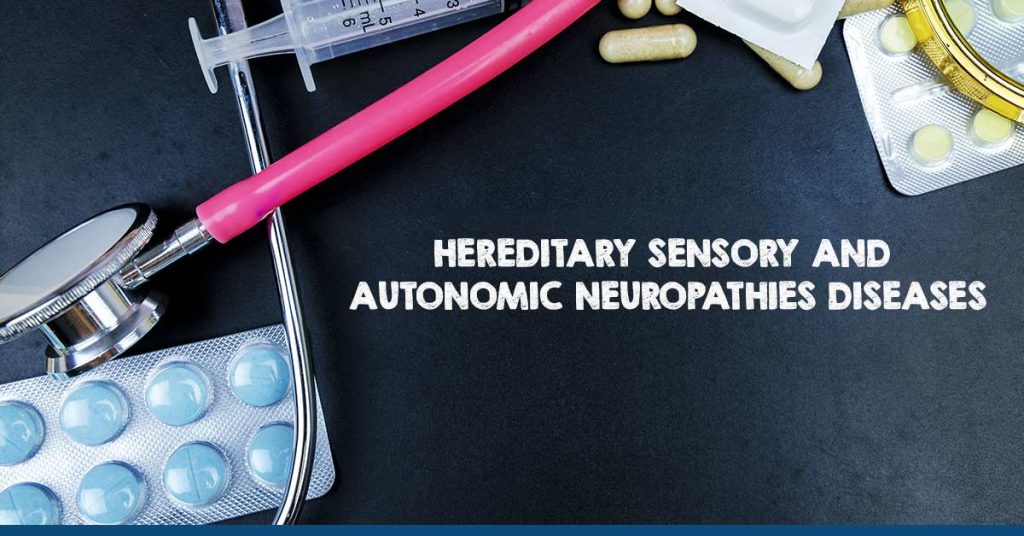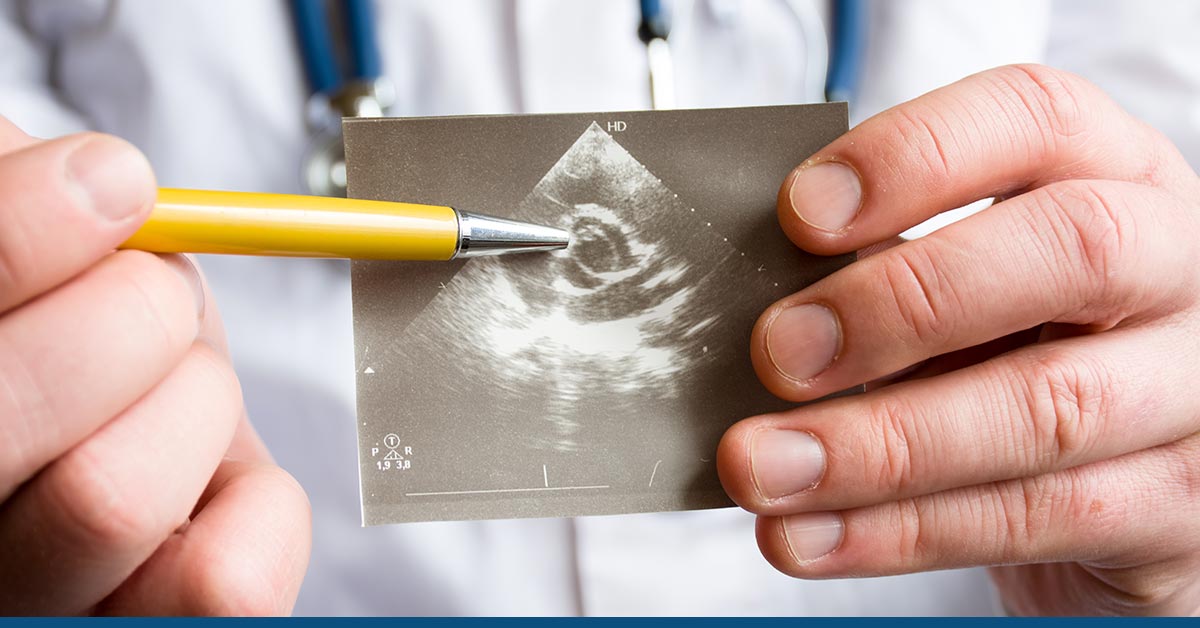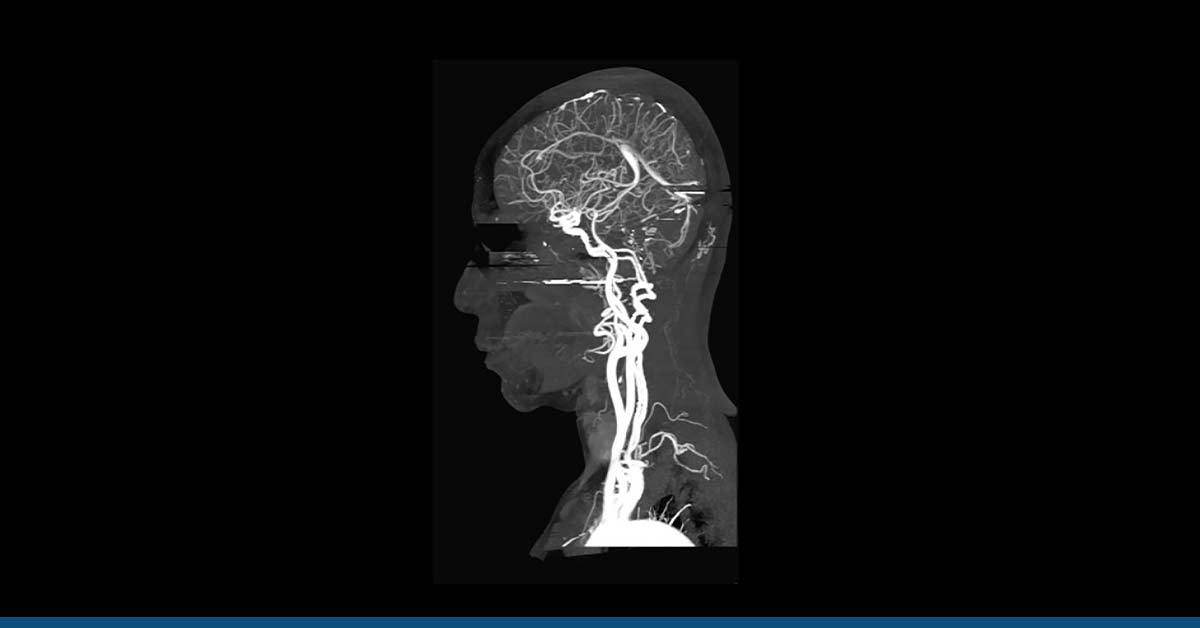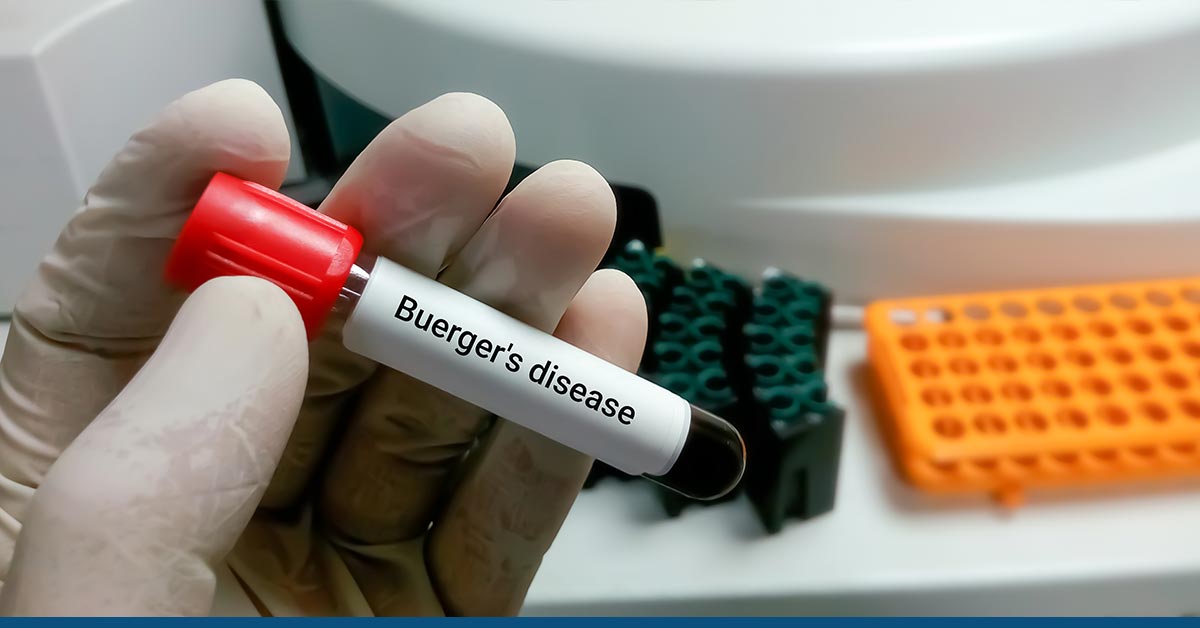Hereditary sensory and autonomic neuropathies (HSAN diseases) are peripheral nervous system illnesses that predominantly impact sensory and autonomic neurons.
HSAN diseases’ symptoms and etiology are distinct. In addition to intense sensory complaints and ulcerative mutilations, hereditary sensory autonomic neuropathy is distinguished by several autonomic and motor disorders.
It has been demonstrated that both autosomal dominant and autosomal recessive inheritance (genetic aspects) are the main causes of these diseases.
Eleven disease-causing genes have been identified so far. Some of the damaged proteins are engaged in nerve-specific functions. The major underlying mechanisms involved include sphingolipid metabolism, vesicular transport, structural integrity, and transcriptional regulation.
Today we discuss hereditary sensory and autonomic neuropathies in this post. From causes and symptoms to HSAN life expectancy, this post sheds light on various aspects of HSAN diseases. So, continue reading to find out all about these neuropathies.
Table of Contents
ToggleHereditary Sensory and Autonomic Neuropathies
Hereditary sensory and autonomic neuropathies are a collection of disorders that damage the peripheral nervous system (PNS) in various ways, both clinically and genetically.
The major pathogenic characteristic of HSAN is the progressive degradation of sensory and autonomic neurons. This results in considerable loss of sensory function, ulcerative mutilations, and other autonomic and motor disorders.
The most prevalent symptoms of HSANs are an inability to sense pain or temperature, which can result in persistent ulcers on the feet and hands.
The lesions can develop severe complications, such as soft tissue infections or osteomyelitis, which may necessitate amputation of the affected limb. The axons of sensory neurons in persons with HSAN are frequently damaged, and demyelination can also occur.
Hereditary Sensory Autonomic Neuropathy Types
HSAN is divided into five groups according to the age at which the first symptoms manifested, the most prominent clinical symptoms, and the mode of transmission.
Hereditary Sensory Autonomic Neuropathy Type 1
HSAN-I is a collection of disorders transmitted from parent to child and gradually deteriorates. It often manifests between the ages of 20 and 50, although there have been rare cases of the illness being present at birth or in younger individuals.
One of the earliest symptoms of HSAN-I is that the extremities no longer experience pain or warmth. Painless ulcerations are a typical consequence of HSAN-I that can lead to the amputation of a limb.
Depending on the individual, motor nerve fiber degeneration in the lower extremities might be modest or severe, but it almost always worsens over time.
Electrophysiological testing is a method for confirming that sensorimotor axons are deteriorating, which is the cause of a variety of illnesses.
Hereditary Sensory Autonomic Neuropathy Type 2
HSAN-II is passed down through a pattern called autosomal recessive inheritance, and it mostly affects the sense of touch. This results in the loss of myelinated fibers.
Typically appearing in infants or young children, the disease’s first signs are numbness and a progressive loss of pain, temperature, and touch sensitivity. Other HSAN-II symptoms include:
- Arthropathy
- Severe ulcerations
- Autoamputations
- Trophic skin and nail changes
- Diminished taste sensitivity
- Loss of tendon reflexes
Axonal sensory neuropathy can be diagnosed with nerve conduction studies. Autonomic complications are not common with HSAN-II; however, if they occur, they can include:
- Apnea
- Difficulty feeding
- Urinary incontinence
- Hyperhidrosis
- Sluggish pupillary responses to light
Hereditary Sensory Autonomic Neuropathy Type 3
HSAN-III, also known as familial dysautonomia or Riley-Day syndrome, exhibits symptoms of autosomal recessive inheritance.
Patients with HSAN-III have severe and widespread issues with their autonomic and small-fiber sensory systems.
The disease appears at birth and progresses; symptoms include gastrointestinal dysfunction, vomiting crises, diminished taste sensation due to a lack of fungiform papillae on the tongue, recurrent pneumonia, hyperhidrosis, and decreased pain and temperature perception.
As the condition worsens, symptoms such as poor coordination and the inability to perceive vibrations appear.
Additionally, the cerebellum and optic nerve (brain’s parts) may begin to deteriorate due to atrophy. Compared to healthy individuals, those with HSAN-III have a significantly reduced life expectancy.
Hereditary Sensory Autonomic Neuropathy Type 4
HSAN-IV is an autosomal recessive disease that is transmitted between generations. It is also known as congenital insensitivity to pain with anhidrosis (CIPA). Patients with HSAN-IV typically exhibit the following symptoms:
- Loss of reaction to painful stimuli
- Inability to sweat
- Frequent fevers
- Charcot arthropathy
- Osteomyelitis that leads to self-amputation
- Varying degrees of mental retardation
- Self-injurious behavior
Nerve biopsies from HSAN-IV patients reveal no unmyelinated small-diameter fibers, and sympathetic neurons no longer connect to sweat glands.
Hereditary Sensory Autonomic Neuropathy Type 5
Hypohidrosis (a condition in which sweat glands fail to produce sweat) is the condition of HSAN-V carriers. It shares many symptoms with HSAN-IV but does not cause mental impairment.
Despite the typical appearance of nerve conduction studies in these patients, sural nerve biopsies reveal a significant decrease in nonmyelinated nerves and a minor decrease in the number of myelinated small-diameter fibers.
HSAN Life Expectancy
On average, people with HSAN1 can expect to live approximately 50 years. The symptoms and signs of HSAN type 1 develop gradually and do not affect a person’s life expectancy.
HSAN life expectancy is considerably shorter in people with HSAN 3 and 4 because these illnesses are associated with an increased risk of generalized sepsis and cause severe issues with how the body functions.
It is crucial to determine whether a patient’s ailment has a hereditary origin. It makes it much simpler to obtain accurate diagnostic and effective counseling.
HSAN Diagnosis and Treatment
The most common diagnostic procedures for hereditary sensory and autonomic neuropathies include blood tests, genetic testing, nerve conduction examinations, and nerve biopsies.
There is no universally accepted treatment for hereditary neuropathies. The treatment focuses mostly on symptom relief and providing support.
The medical treatment consists of physical therapy and, if necessary, pain medication. Orthopedic surgery may be required in severe cases to correct foot abnormalities or other skeletal issues.
The primary goal of managing neuropathies is to prevent foot ulcers. If the ulcers are not treated, they could get infected, necessitating amputation of the affected area.
Examining the feet frequently, cleaning them daily, and applying petroleum jelly or lotion to seal in moisture are vital. Ulcers should be cleaned and, if necessary, debrided as quickly as possible.
The appropriate antibiotic must be administered when a patient has cellulitis or septicemia. Genetic counseling should include information regarding phenotypic diversity and risk levels.
Conclusion
Hereditary Sensory and Autonomic Neuropathies (HSAN) is an extremely rare hereditary disorder that appears as peripheral nervous system failure. It is characterized by the degeneration of both sensory and autonomic nerves, which results in excruciating pain, a reduced ability to feel warmth and touch, and issues with perspiration (sweating).
Mutations in specific genes cause the disease, and there are five distinct forms of this disorder with different clinical presentations and life expectancies.
The treatment options for HSAN include the management of symptoms and the prevention of consequences; however, there is no cure. Individuals with HSAN must obtain care from a neurologist and a genetic counselor to manage their sickness and plan for the future.
Screening helps in the early detection of these diseases so that the treatment can be initiated timely to prevent grave consequences.
The HG Analytics wellness program includes thorough testing and screening for various nervous system illnesses to facilitate early diagnosis and treatment.
Our program evaluates the autonomic nervous and sudomotor systems and other critical structures and functions of the nervous system.
Schedule your appointment today to ensure a thorough and precise screening and diagnosis.





